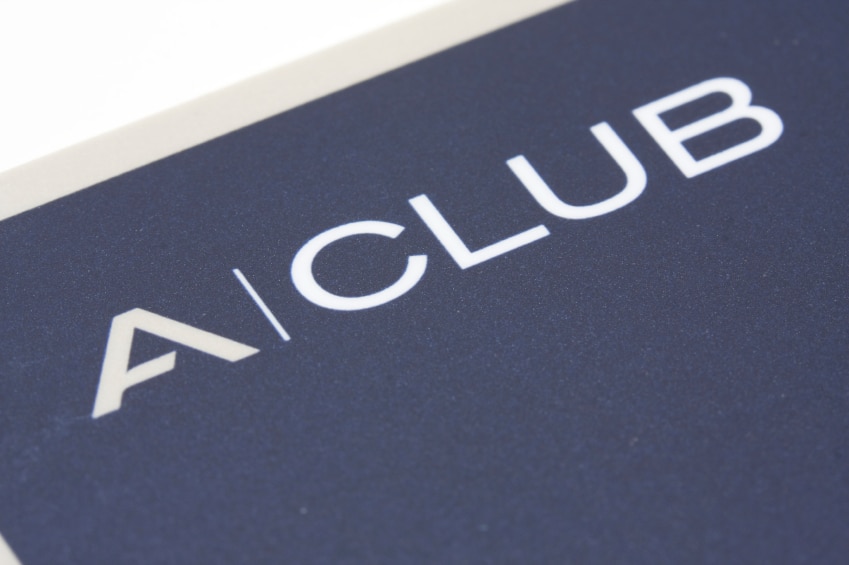Who’s Loyal When It Comes to Loyalty Programs?
Share

US News released their 2014-2015 report on top ranked airline rewards programs earlier this week. Topping the list is JetBlue’s TrueBlue program, with Southwest Rapid Rewards and Alaska Airlines Mileage Plan following close behind. But just how beneficial are these rewards programs from a customer perspective? The answer is, it depends.
For frequent fliers, such as travel writer Seth Miller, loyalty programs remain key.
“For many passengers, spending a bit of extra time and money to hit the next tier of status in their program means earning more miles, better chances for upgrades, lower fees or other benefits in the following year,” says Miller.
In fact, people will fly for the sole purpose of gaining points to reach those tiers, known as a “mileage run,” a method which Miller explains in our August issue‘s “Up and Running” feature.
But as airlines such as Delta and United switch over to revenue-based recognition and have developed a reputation for fine print, some customers no longer feel loyalty towards one airline or a tiered system. Travelers are often opting for value and convenience when deciding which airline to book. A poll conducted by Wakefield Research revealed that only 9 percent of travelers will book their trips based on loyalty to an airline or hotel chain.
It’s safe to say loyalty programs aren’t going anywhere any time soon: A savvy flier can stay on top of the mileage-game by carefully evaluating the pros and cons of the program and, according to Miller, “for the true gamers it is all about “cents per mile” and making sure that the math works in favor of the customer.”


